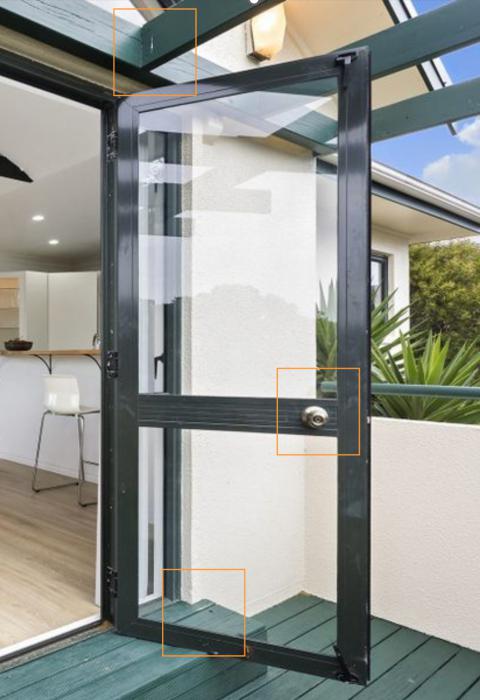Weathertightness Overview
Posted 25 July 2023
Prepared from public images for this house. The following images represent visual weathertightness details that require invasive testing. Refer to Residential Property Inspection New Zealand Standard 4306:2005 section 4 Special Purpose reports - Weathertightness. Although the standard is silent on how to conduct weathertightness testing the following information provides guidelines for important inclusions to a formal weathertightness inspection.
Our records show this home has not been invasively tested so the risk to a purchaser is very high. Without invasive testing it’s a guess as to whether the framing is treated, whether it leaks and whether the framing remains in good condition. There is no warranty to pass on. There is no cavity. The cladding manufacturer has distanced themselves from liability. So too has Council. The home was built during the leaky home era. A high level of proof will be required to support a loan and a reasonable sale price.
Framing protection.
The era of construction (1990's) indicates the framing is likely to be treated to H1 which has little protection against decay should it get intermittently wet. IMPORTANT NOTICE AND WARNING. Invasive test below high risk weathertightness details as they could have been leaking for some time which would have wet the framing and caused decay which may need replacing.
Timber condition.
The house is now over 10 years old and was built during an era framing was inadequately treated against decay (and insects). The consequence of this could be framing that is already damaged hidden behind the walls. Invasive testing is required. NB: Gib linings or claddings can be removed but these are more costly to make good.
Cavity system.
The images show and the era of construction normally omitted 'adequate ventilation' within the wall design. The consequence is delayed drying and no immediate drainage should the cladding have faults. This exacerbates framing damage, insulation loss and mould.
Weathertightness testing.
The era of construction allowed cladding systems to be installed without weathertightness verification testing. The cladding systems have been subject to significant rainfall over its life so testing (
moisture probes) is a minimum requirement for owners to be confident on the weathertightness performance of the building
Inspection required.
Our weathertightness overview can be verified on site by trained inspectors familiar with weathertightness inspections. For sale images are often directed to the internal features of homes not the weathertightness defences that protect the structure from damage. On site inspections are required to examine not just the framing but other products.
Invasive Testing.
Is conducted by a professional proficient in weathertightness assessment and possess basic building knowledge. See
invasive test
A useful tool for owners is to have the invasive testing completed with permanent moisture probes. These can be repeatedly reused to check moisture contents as the building continues to age and to act as an early detection system to find leaks before damage occurs. Keeping a record of moisture contents provides evidence to purchasers when selling see
moisture probes
For more information about moisture probes read
about moisture probes
The reclad question.
The decision whether this building needs a reclad or any other remediation system depends on the invasive test results. BRANZ/DBH produced a 2010 remediation guide table (unprinted) which provides a useful guide to the level of remediation required depending on the findings from invasive testing of timber framing treatment level, cavities, systemic nature of leakage and damage together with overall weathertightness complexity. To follow this remediation protocol conduct a thorough
invasive test of the external walls of the house then apply the findings to the guide table.
What are the 4 D's.
The basic principles behind good weathertightness design are -
Durability of the framing and cladding materials,
Deflection of rainwater like flashings and depth of eaves, plus
Drainage and
Drying being the mechanisms to allow water that breaches the cladding systems to escape before damage exists. These have been branded as the
4 D's. They are exact copies of earlier building designs called
'belts and braces' of the earlier era of construction - pre 1980's - well treated framing, adequate ventilation and flashings. It is noted
Detection is the way to test the 4 D's see
about moisture probes
Future maintenance.
Following the site inspection and results of the
invasive test a formal maintenance plan can be prepared. It is noted that repainting and cleaning are part of 'normal maintenance'. To have confidence that these are protecting the walls and keeping them dry requires
moisture probes. Regular moisture readings alerts owners to issues as they develop so maintenance can be more responsive to protect the building from damage.
Disclaimer.
This weathertightness overview was conducted by an experienced weathertightness expert based on public available images only. It is essential that a similar professional conduct an onsite review to fully examine the cladding systems, conduct invasive tests collecting adequate samples for treatment testing, decay analysis and moisture contents that fairly represent the condition of the building, or those parts of the building selected to be examined.
Common issues found in this era building include:
Undertreated timber framing susceptible to decay
No cavity for drainage and drying
Defective Insulclad type PVC window sill flashings
Cladding clearance to ground line insufficient to stop wicking
Penetrations that are not flanged
Stringers that are face fixed to the cladding
These require invasive testing.
What’s the big deal with invasive testing: You may be the purchaser looking for a deal or to protect yourself against buying a lemon. You may be the vendor trying to get more than land value but have no proof of your homes condition to dispel the stigma.
As owner you may be of the firm belief your home does not leak and is worth a lot more than nothing. Why should you sell for about land value? That’s like giving it away. You may be right but how do you get that across to the purchaser?
You’ve been convinced by marketing people to put your home up on Google with professionally well-lit gorgeous images. You may have spent a pretty penny upgrading the bathrooms and kitchen, carpets and repainted the whole home inside and out to make it as perfect as can be. This may have worked during FOMO but those days are long gone. Prudent inspectors become very suspicious when things look too perfect.
Whichever side you’re on there is no denying the Bank and the purchasers lawyer want a report. What they have learnt is the house is more than what the eyes can see. The interior and exterior may look like a dream come true but what is it that lurks behind the paint?
An astute purchaser will want to protect themselves by asking for invasive tests. You may think they aren’t needed. You didn’t get them when you purchased so why should the next owner be bothered? Why you didn’t get invasive testing is a question you need to ask your inspector when you purchased. Maybe you should have.
If they purchase, they’ll become the owner, for a while, and then in time one day will become the seller, and just like you will need to convince the next purchaser. How will that go down?
You have probably owned your home for some time. Weathertightness details age which you don’t see and that may not be good for the framing inside the walls. The cladding system on your house is no longer supported by the manufacturer’s for very good reason. Neither is the framing inside the walls. Neither is the fact it has no cavity. There are very good reasons Councils liability ends after 10 years. Even then they’ve had tens of thousands of claims. After that it’s yours warts and all.
Maybe you can afford to let some leads pass you by. Maybe it’s better to be pre-emptive and do the invasive testing first, get the facts so the purchaser can convince the Bank and lawyer and stay engaged.
It’s a free market so it’s your call, be it seller or purchaser.
Without invasive testing how are you going to convince the purchaser it’s a good deal? And how will the purchaser convince the Bank and lawyer?
 logo
logo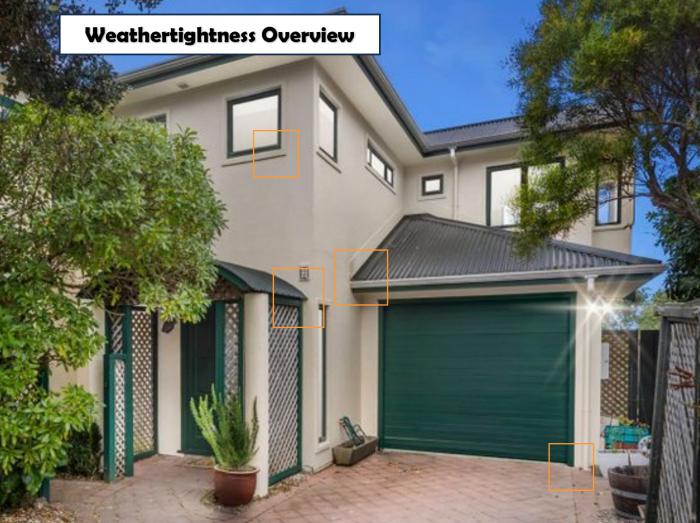
 3 Birkhall Grove Strathmore Folder
3 Birkhall Grove Strathmore Folder 20230725_192250 _SC_
20230725_192250 _SC_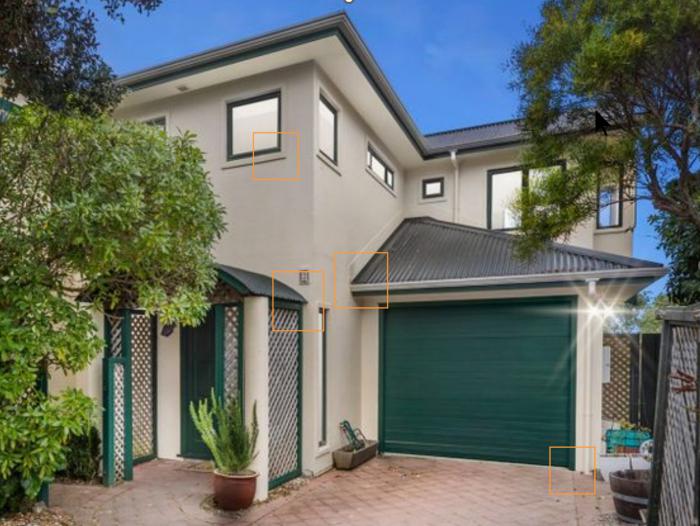
 20230725_192603 _SC_
20230725_192603 _SC_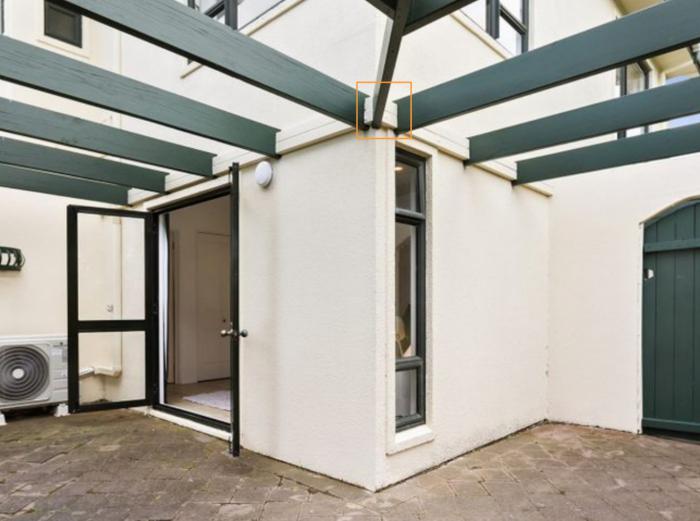
 20230725_192803 _SC_
20230725_192803 _SC_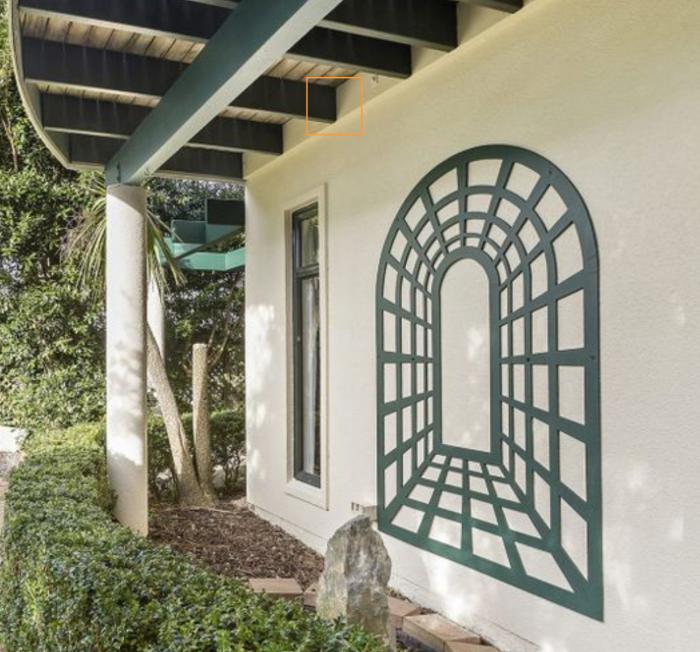
 20230725_192956 _SC_
20230725_192956 _SC_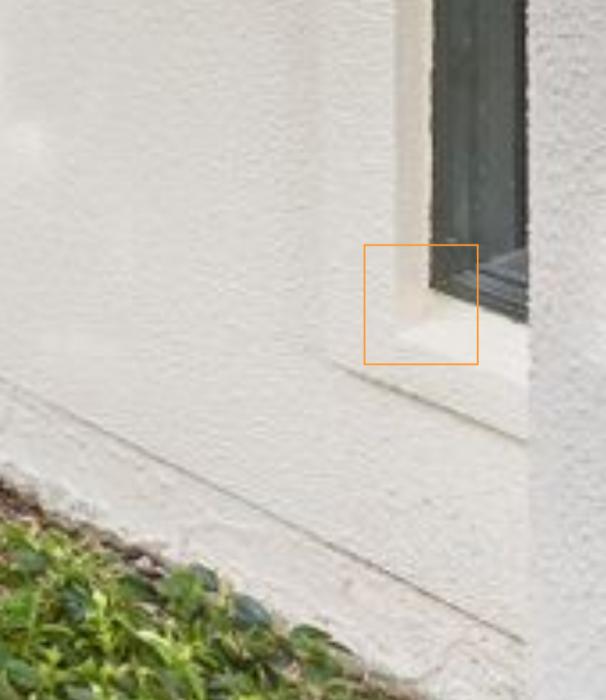
 20230725_193154 _SC_
20230725_193154 _SC_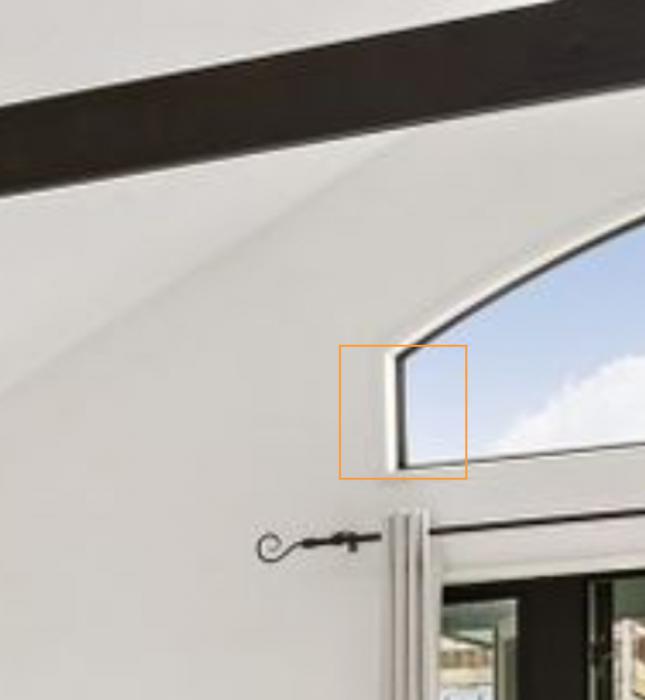
 20230725_193527 _SC_
20230725_193527 _SC_